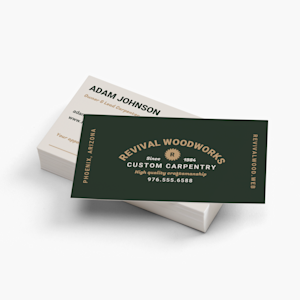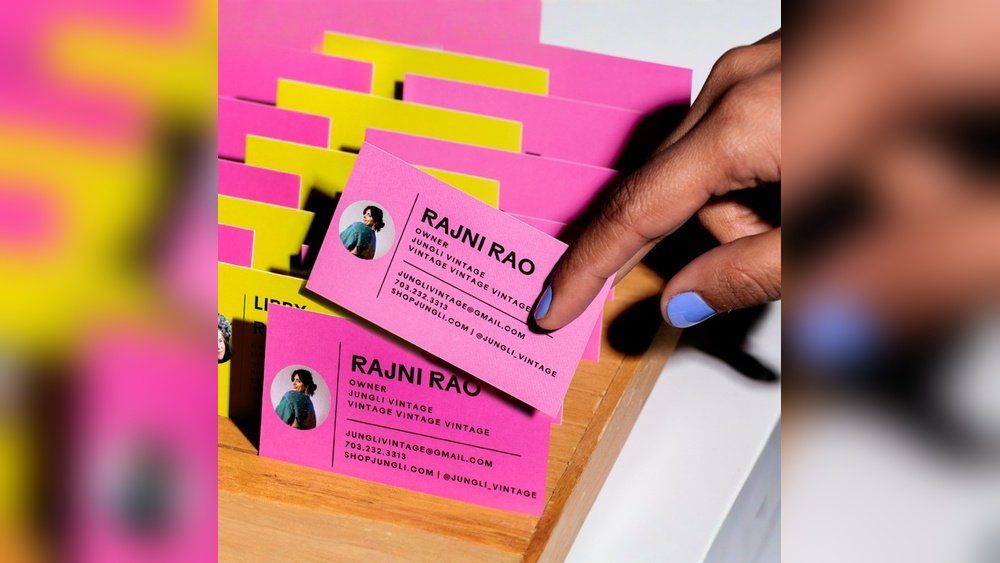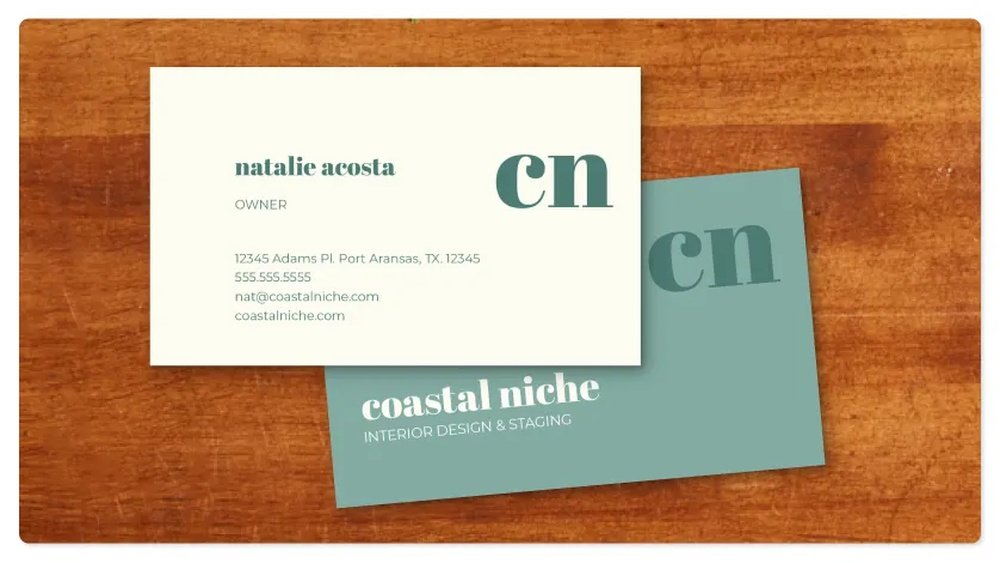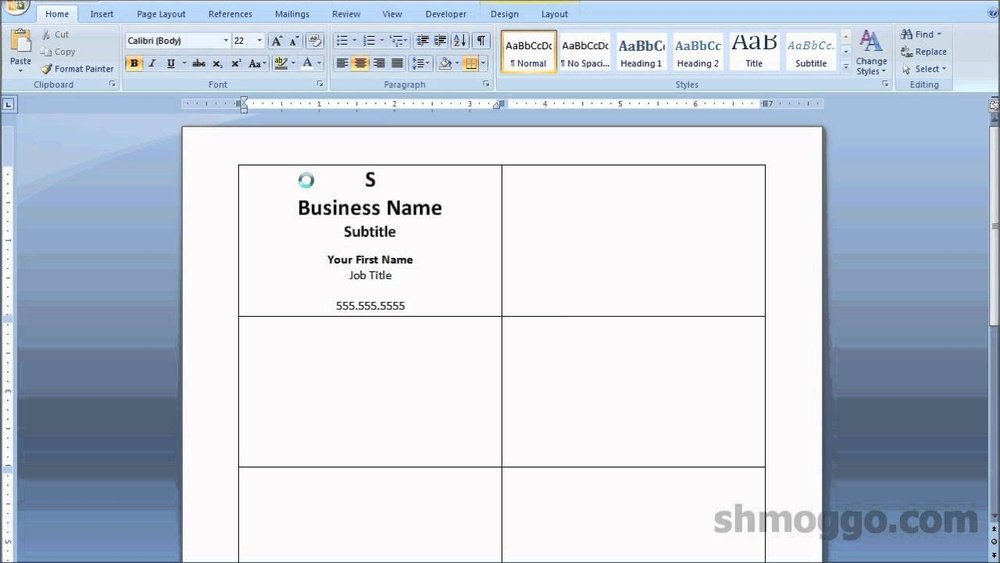Thinking about printing 1,000 business cards but not sure how much it will cost? You’re not alone.
Whether you’re starting a new business or refreshing your current cards, knowing the price upfront helps you plan better. You’ll discover the real costs behind printing 1,000 business cards and learn how to get the best value without sacrificing quality.
Keep reading to avoid surprises and make smart choices for your brand.

Credit: worksheets.clipart-library.com
Factors Affecting Business Card Costs
Several factors affect the cost of printing 1000 business cards. Understanding these can help you plan your budget better. Each choice changes the final price and quality of the cards.
Paper Quality And Thickness
The type of paper is a major cost factor. Thick, heavy paper costs more than thin paper. Glossy or matte finishes also affect the price. Higher quality paper feels better and lasts longer.
Printing Techniques
Different printing methods vary in price. Digital printing is cheaper and faster for small runs. Offset printing offers better quality but costs more. Specialty prints like letterpress or foil stamping add extra cost.
Card Size And Shape
Standard business cards are less expensive. Custom sizes or shapes require special cutting tools. Rounded corners or square cards may increase the price. Unusual shapes stand out but cost more to print.
Design Complexity
Simple designs with few colors cost less. Complex designs with many colors or gradients raise the price. Using photos or detailed graphics adds to the cost. Clean, clear designs save money and print well.
Finishing Options
Special finishes improve card appearance but add cost. Options include lamination, UV coating, and embossing. Matte finishes give a smooth feel, glossy finishes shine. Each finish changes durability and price.

Credit: www.vistaprint.com
Price Range For Standard Business Cards
The price range for standard business cards depends on several factors. These include paper quality, finish type, and printing options. Understanding these costs helps you choose the best option for your budget. Printing 1000 business cards can vary from very affordable to slightly expensive.
Basic Matte And Glossy Cards
Basic matte and glossy cards are the most common choices. Matte cards have a smooth, non-shiny finish. Glossy cards have a shiny, bright look. Both usually cost between $15 and $40 for 1000 cards. Matte cards are good for a classic, professional look. Glossy cards help colors pop and look vibrant. These cards use standard 14-16 pt paper thickness.
Premium Paper Options
Premium paper options cost more but feel better. Thick cardstocks or textured papers add a rich touch. Prices range from $50 to $100 for 1000 cards. Linen, cotton, or recycled papers offer unique looks. These papers increase durability and make your card stand out. Premium options suit those wanting a quality impression.
Double-sided Printing Costs
Double-sided printing adds cost but offers more space. You can print your logo on one side and details on the other. This option usually adds $10 to $30 for 1000 cards. Some printers charge per side printed. Double-sided cards create a professional, complete design. Consider this if you want extra information on your card.
Costs For Specialty Business Cards
Specialty business cards make your brand stand out. They use unique materials and printing techniques. These options cost more than standard cards. Understanding these costs helps you plan your budget.
Textured And Recycled Materials
Textured cards feel different to touch. They give a premium and natural look. Recycled materials appeal to eco-friendly brands. These cards cost about $80 to $150 for 1000 pieces. Prices vary by texture and paper quality.
Foil Stamping And Embossing
Foil stamping adds shiny metallic details. Embossing raises parts of the card design. Both create a luxury effect. These techniques usually add $100 to $200 to the total price. The complexity of the design affects the final cost.
Spot Uv And Raised Ink
Spot UV highlights specific areas with a glossy shine. Raised ink gives a tactile feel to text or logos. These features cost roughly $120 to $220 for 1000 cards. They add depth and interest to your business cards.
Diy Vs Professional Printing
Deciding between DIY and professional printing affects the cost and quality of 1000 business cards. Printing at home might save money but takes time and effort. Professional services offer convenience and better results but cost more. Understanding expenses in each method helps choose the best option for your budget and needs.
Home Printer Expenses
Printing 1000 cards at home needs a good printer. Ink cartridges cost a lot and run out fast. Special card stock paper is more expensive than regular paper. Electricity and wear on the printer add small costs. Time spent designing and printing also matters. Overall, home printing can be cheaper but needs patience and skill.
Online Printing Services
Online printers charge per batch or per card. Prices depend on paper quality, finish, and design complexity. Bulk orders usually reduce the price per card. Shipping fees may add to the total cost. Online services save time and offer many design tools. They balance cost and quality well for most users.
Local Print Shops
Local print shops provide personal service and quick delivery. Prices vary by shop and location. They offer paper and design options with expert advice. Bulk orders often get discounts. Visiting the shop helps check paper and print quality before ordering. Local printing costs more but ensures support and faster turnaround.
Tips To Save On Business Card Printing
Printing 1000 business cards can be costly. Small changes help save money. Use smart tips to lower your printing costs without losing quality.
Choosing Standard Sizes And Materials
Standard business card sizes cost less to print. Printers handle these easily, reducing expenses. Stick to common sizes like 3.5 by 2 inches. Use regular card stock instead of premium materials. This keeps the price down but still looks professional.
Ordering In Bulk
Ordering 1000 cards at once saves money per card. Bulk orders reduce setup fees and printing costs. Avoid ordering small amounts multiple times. Large orders spread fixed costs over many cards. This makes each card cheaper.
Simplifying Design Elements
Simple designs cost less to print. Use fewer colors to lower printing expenses. Avoid heavy graphics or special finishes. Stick to one or two colors and clear fonts. Clean designs also make cards easier to read and look neat.

Credit: www.bizay.co.uk
Frequently Asked Questions
How Much Does Printing 1000 Business Cards Cost?
The cost to print 1000 business cards typically ranges from $20 to $100. Pricing depends on paper quality, design complexity, and printing method. Standard cards are cheaper, while premium materials and finishes increase costs. Bulk orders often offer discounts, making large quantities more affordable.
What Factors Affect Business Card Printing Prices?
Business card printing prices vary based on paper type, thickness, and finish. Custom designs, color printing, and special effects raise the price. Printing methods like digital or offset also influence costs. Additional services like design help and rush orders add to expenses.
Are There Cheaper Options For Printing 1000 Cards?
Yes, online printing services often provide cheaper rates for 1000 cards. Choosing standard paper and simple designs lowers costs significantly. Bulk printing discounts and promotional offers can further reduce expenses. Comparing multiple vendors helps find the best price.
How Long Does It Take To Print 1000 Business Cards?
Printing 1000 business cards usually takes 1 to 5 business days. Standard orders are faster, while custom designs or special finishes need more time. Rush services are available at a higher cost for urgent needs.
Conclusion
Printing 1000 business cards costs vary by paper, design, and printing method. Choosing simple designs and standard paper lowers the price. Custom options and special finishes increase costs. Quality matters for a professional look. Plan your budget based on your needs.
Compare prices from different printers before deciding. A clear idea helps avoid surprises. Business cards remain a strong tool to share your contact. Keep it simple and effective.




